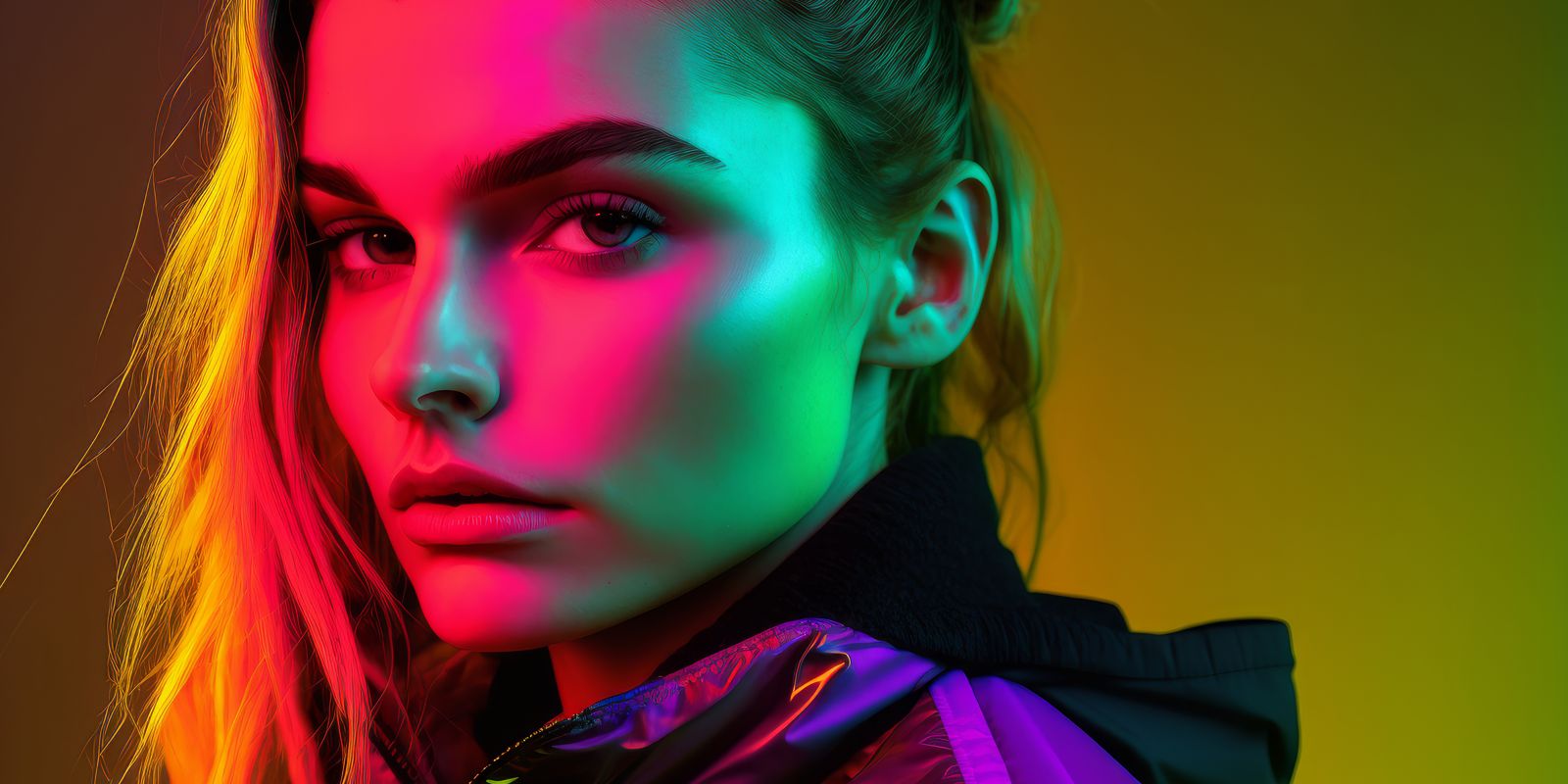Not got time to read? Listen instead with our audio version
For thousands of years, we've used stories to share knowledge, connect emotionally and make sense of the world. It’s no surprise, then, that stories drive successful marketing campaigns, they’re fundamental to connecting with audiences.
What's at the heart of every great story? Characters.
Characters are not only drivers for plot change, but they're representative of everything the story is about.
Using characters in your marketing is like creating a friend for your audience. It bridges the gap between audience and business, making brands unique, memorable and relatable.
Characters for memorable marketing
Characters can make any marketing campaign more memorable. This is a useful technique for sprucing up otherwise 'boring' products.
For example: Meerkats and insurance share nothing in common (except for a vague phonetic similarity between the words 'meerkat' and 'market'). Yet Compare The Market's content consists of talking meerkats in eccentric dressing gowns. The animated meerkat interviews celebrities on Instagram and customers can even compare fictional meerkats in a spin-off feature.
Duolingo did something similar. The green animated owl feature eases users into the language learning process, making the app more fun and memorable.
After years of consistency, insurance and meerkats suddenly make sense. Animated green owls and languages now go hand in hand. The result? Creating these mental links between products and animated animals has helped build memorable brands.
Aligning with your buyer persona
If animated meerkats or owls aren't suitable for your campaigns, using characters based on your buyer personas works too.
The beauty of using characters is that they're completely flexible to whatever your campaign is setting out to achieve.
The most successful marketing characters are designed with the buyer persona in mind. They reflect the traits, struggles, and aspirations of the people you’re trying to reach.
Think of your buyer persona as the blueprint for your character:
- What challenges does your audience face?
- What values do they hold?
- How do they see themselves?
Our favourite characters are likeable because we resonate with them. Or perhaps they've triggered emotional responses like laughter, empathy or admiration.
Using these emotional triggers could be the key to curating the perfect character for your brand.
Your brand as a character archetype
Another great way of character positioning is to consider your product's role in your customer's life. The customer journey itself is like a real-life story, and your brand plays a certain role in this.
Using universal character types is a great way to guide this process, and identifying this could warrant a useful starting point when creating story-based campaigns.
The Hero
Your brand or product is the hero, solving problems and making life better for your customers. This archetype works well for transformational products or services.
The Sidekick
Sometimes, the brand acts as a friendly and supportive partner, helping the hero (your customer) on their journey. Think of brands that position themselves as guides or facilitators.
The Sage
Offering wisdom and advice, the sage archetype works for brands that specialise in expertise and insight, such as consultancies or educational tools.
The Rebel
If your brand is shaking up the status quo, the rebel archetype can highlight your disruptive, innovative edge.
Each archetype can shape your character’s personality, making them more relatable and effective in connecting with your audience. The more relatability, the more trust.
Characters allow for creative campaigns
Characters can be anything, and you can use them everywhere.
On your socials, your characters might embody influencer content. Or perhaps your logo features a symbolic character which acts as iconography for your brand.
Using real-life customer success stories is the marketing version of 'Based on a true story.'
Whatever your character-based content, having these audience connections is what drives clicks, increases engagement and builds trust.
Key takeaways
- Characters prompt emotional responses from your audience
- Characters can spruce up otherwise ‘uninteresting’ products
- They're completely mouldable, allowing flexibility and creativity with content
- Aligning characters with buyer personas gains trust
- Using characters allows creativity and flexibility in your marketing
Is there space to heroise your product, villianize pain points, and curate iconic characters who drive your marketing?
Incorporating characters into your marketing strategy is a powerful way to enhance storytelling, build emotional connections, and make your brand unforgettable.




